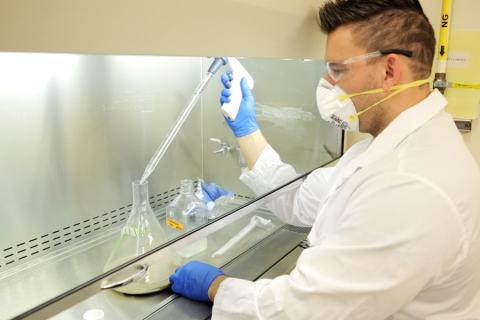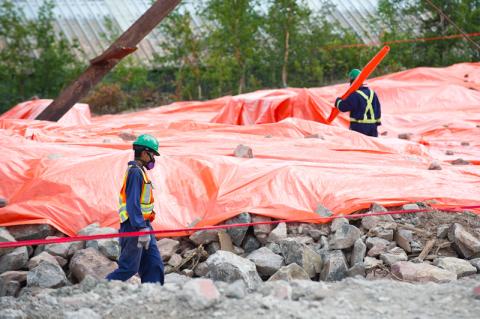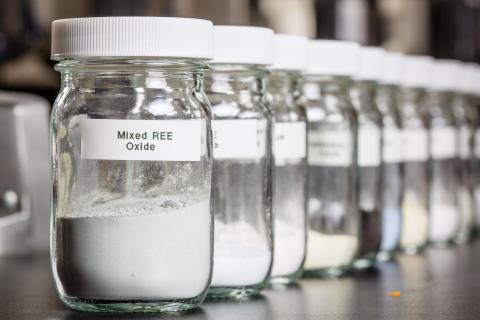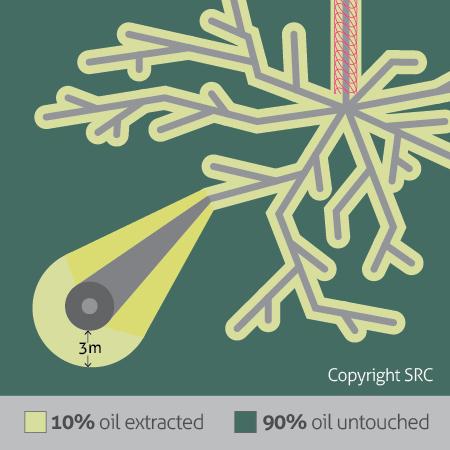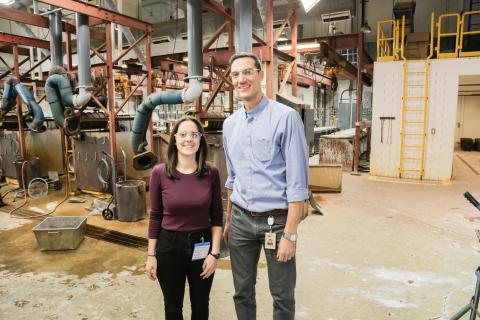Inside SRC
Saskatchewan has embraced biotechnology to deliver more value to the agriculture sector and enhance food security on a global scale. Now our collective and foundational strengths in agricultural biotechnology have created opportunities to apply these capabilities in other areas as well.
Saskatchewan’s Competitive Intelligence community has been rapidly gaining ground in the past year or so, with interest spreading across various organizations. We have the potential in Saskatchewan to create a Collaborative and Integrated network of practitioners who are proactively working together to understand the challenges we face, now and in the future.
Safety professionals often get a reputation of being the “do this or don’t do that or if you do this such and such bad thing will happen to you” messengers. These are important messages, but you’ve likely heard them before. Read on for two safety stories that aren't big catastrophic accidents, but real-life, everyday situations from my experience as a safety professional.
Across Canada, there are laws in place to protect employees on the job. This OH&S legislation gives three important rights to all employees to ensure they have the knowledge and responsibility they need to be safe on the job. Read your rights!
A new joint study by members of Canada's Oil Sands Innovation Alliance (COSIA) looks at how slurry pipelines behave while operating in laminar flow. The results of the study will lay the foundation for developing a reliable model for laminar operation of slurry pipelines that could be used to design pipelines that can effectively transport thickened tailings.
Four seasons. One climate reference station to record them all. Find out how Saskatoon fared in the rain, snow, wind, sun and frost in 2014.
The Innovation School™ focuses not only on building an understanding of innovation, but on promoting and sharing ideas, business models and best practices related to enabling innovation by RTOs.
The versatility of rare earths has led to their use in an ever-increasing variety of applications in new technologies. Consequently, demand for rare earths has increased significantly. Everybody wants to extract rare earths because they’re so important, but metallurgical processing is complicated and comes at a high cost.
CHOPs produces thousands of barrels of heavy oil per day for Saskatchewan, but also leaves 90 per cent of the oil in the reservoir untouched. Maturing wells represent an opportunity to deploy new technology into the reservoirs to recover the remaining oil.
Caitlin Taylor, the Saskatchewanderer, toured SRC's diamond lab and shares her experience learning about the diamond extraction process.
